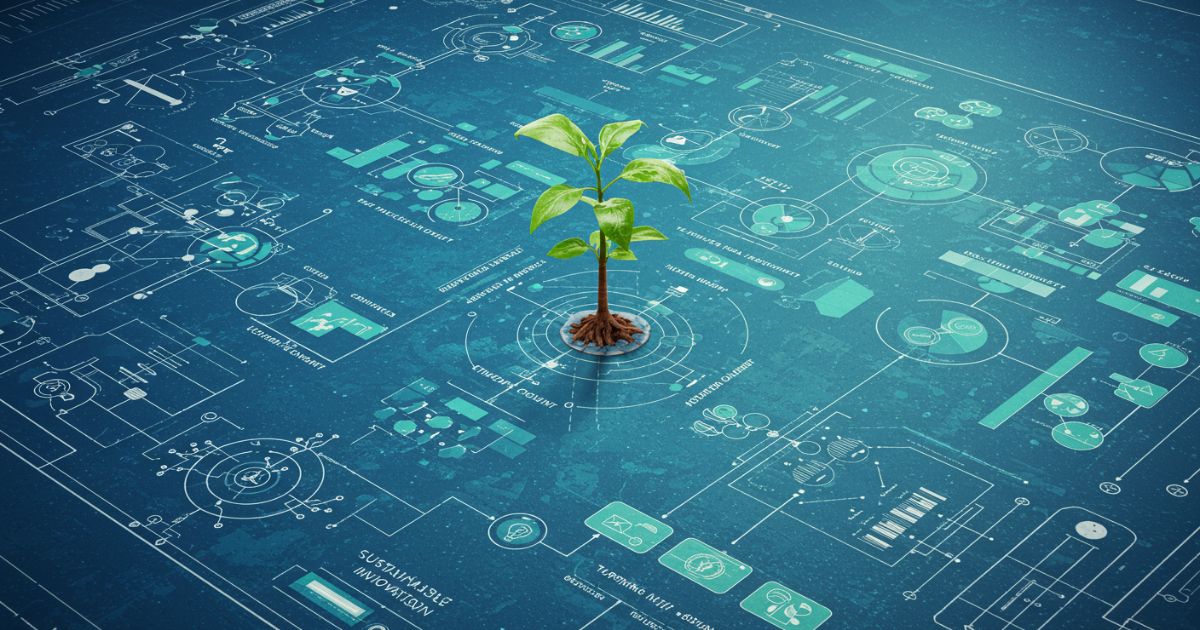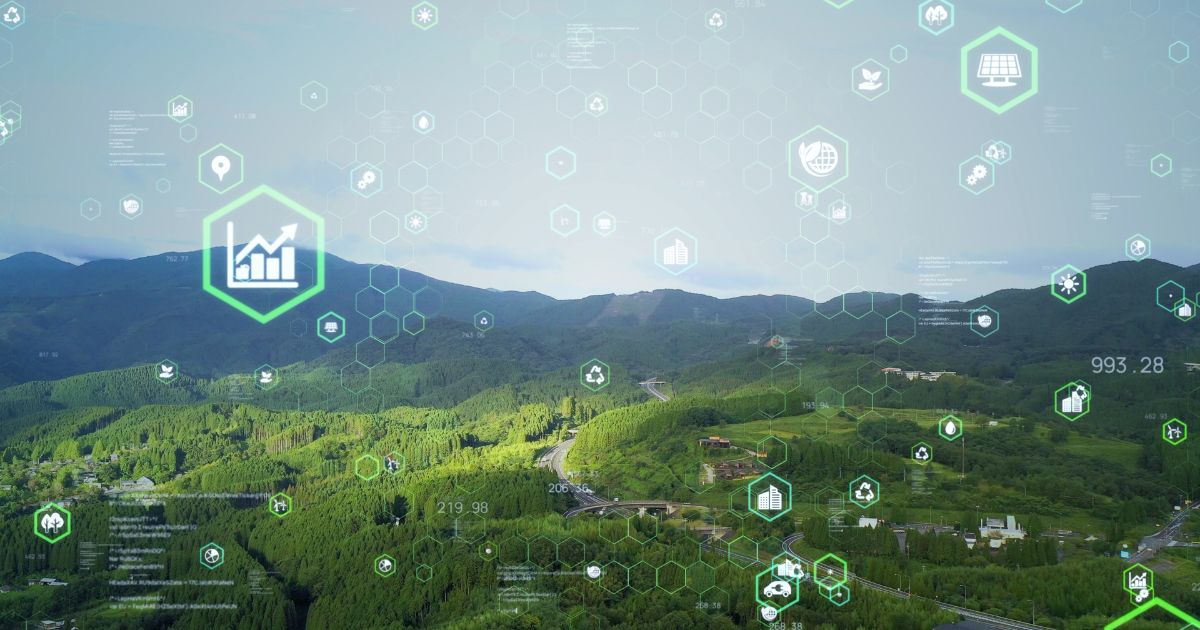
In today’s fast-paced business landscape, Sustainable Innovation is more than just generating ideas—it’s about turning them into long-term value that drives growth and competitive advantage. Companies that embed sustainable innovation into their culture focus on practical innovation strategies, prioritize creative solutions, and implement processes that ensure ideas don’t just remain concepts but translate into measurable business impact. By aligning innovation with organizational goals and continuously refining idea implementation methods, businesses can achieve lasting success while adapting to evolving markets. This blueprint offers actionable insights to help your organization transform everyday ideas into enduring achievements.
Understanding Sustainable Innovation
Sustainable innovation goes beyond one-off breakthroughs. It focuses on creating a repeatable process that aligns with your company’s mission, leverages existing resources, and engages stakeholders across the board. By embedding sustainability into your innovation efforts, you foster long-term value, minimize waste, and build resilience against market shifts.

Step 1: Ideation with Purpose
Effective ideation starts by framing problems and opportunities in a clear, strategic context. Follow these best practices:
- Define Clear Objectives: Align the session with business goals, such as customer engagement, cost reduction, or new revenue streams.
- Diverse Perspectives: Invite cross-functional team members and even external partners to challenge assumptions.
- Structured Techniques: Use design thinking prompts, SCAMPER, or brainwriting to generate a high volume of ideas.
- Document Everything: Capture every input, no matter how unconventional—it may spark a breakthrough later.
Step 2: Validating and Refining Ideas
Not every idea will make the cut. Rapid validation saves time and resources:
- Customer Feedback: Conduct quick surveys or interviews to gauge interest and perceived value.
- Feasibility Analysis: Assess technical requirements, cost estimates, and regulatory constraints.
- Pilot Prototypes: Build low-fidelity mockups to test core functionality before investing heavily.
- Scoring Model: Rate ideas on impact, feasibility, and strategic fit to prioritize effectively.
Step 3: Building a Cross-Functional Team

Innovation thrives when varied skill sets converge. Assemble a team with roles such as:
- Innovation Lead: Drives milestones and ensures alignment with strategic goals.
- Technical Expert: Validates technical feasibility and advises on implementation.
- User Experience Designer: Focuses on customer-centric design and journey mapping.
- Business Analyst: Projects ROI, builds financial models, and tracks performance metrics.
- Stakeholder Liaison: Communicates progress and solicits feedback from key decision-makers.
Step 4: Prototyping and Pilot Testing
A well-planned prototype phase helps you uncover hidden challenges before full-scale launch:
- Iterative Builds: Adopt agile sprints to develop incremental prototypes.
- Real-World Pilots: Test in controlled environments with target users to gather authentic insights.
- Feedback Loops: Implement structured review sessions to refine features and fix pain points.
- Success Criteria: Define clear KPIs—adoption rates, task completion time, or cost savings.
Step 5: Scaling and Integration
After validating your prototype, prepare for broader rollout while minimizing disruption:
- Resource Allocation: Secure budget, personnel, and technology infrastructure for expansion.
- Change Management: Communicate benefits, provide training, and address resistance.
- Process Alignment: Integrate new workflows into existing operational procedures.
- Governance Model: Establish oversight committees to monitor progress and resolve roadblocks.
Step 6: Measuring Impact and Iterating

Sustainable innovation requires ongoing evaluation and refinement:
- Key Metrics: Track performance indicators such as revenue growth, customer satisfaction, and cost reductions.
- Data-Driven Insights: Use analytics dashboards and user feedback to pinpoint improvement areas.
- Continuous Learning: Document lessons learned and apply them to future innovation cycles.
- Governance Reviews: Conduct quarterly or biannual audits to ensure alignment with strategic objectives.
Best Practices and Tips
To supercharge your innovation blueprint, consider these additional recommendations:
- Foster Psychological Safety: Encourage risk-taking by celebrating experiments, even when they fail.
- Leverage Open Innovation: Partner with startups, academic institutions, or industry consortia for fresh perspectives.
- Incorporate Sustainability: Assess environmental and social impacts alongside financial returns.
- Automate Routine Tasks: Free up creative capacity by using RPA, AI assistants, or low-code platforms.
- Maintain Executive Sponsorship: Secure ongoing leadership support to remove organizational roadblocks.
Conclusion
By following this structured blueprint, your organization can transform raw ideas into sustainable innovations that drive long-term growth and measurable business impact. From intentional ideation using proven creative techniques to effective idea implementation and continuous improvement, each phase strengthens your overall innovation strategy. Leveraging these approaches ensures your organization not only stays ahead of the competition but also cultivates lasting value for stakeholders and the wider community.
Leave a Reply